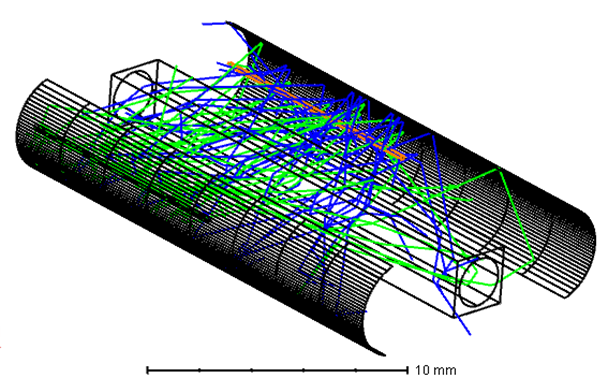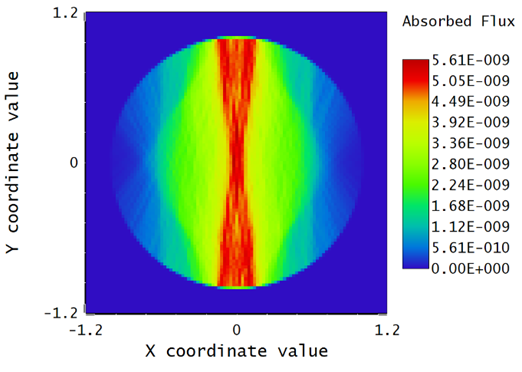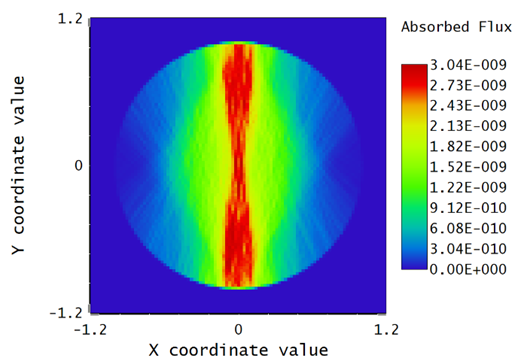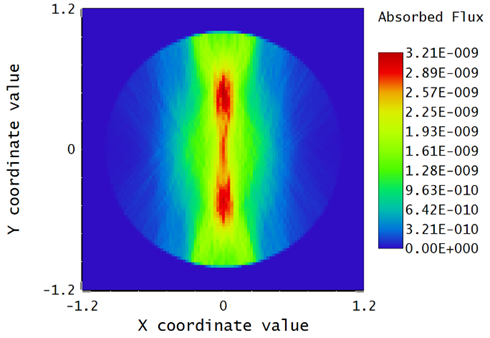Laser resonator cavity is a fundamental component of a laser system. The laser cavity plays a crucial role in the amplification of light and the generation of coherent laser radiation.
A laser cavity consists of two mirrors placed at the ends of the optical resonator. One mirror is highly reflective (the rear mirror), while the other is partially transparent (the output coupler). The arrangement of these mirrors creates an optical feedback loop that allows light to bounce back and forth within the cavity.
The gain medium is the active material within the cavity that amplifies light through stimulated emission. Common gain media include gases (as in gas lasers), liquids, semiconductors, or solid-state materials (such as crystals or glass) doped with laser-active ions. The gain medium is responsible for the emission of photons that will form the laser beam.
The gain medium needs to be "pumped" to achieve a population inversion - the condition where more atoms or molecules are in an excited state than in the ground state. This pumping is typically done using external energy sources, such as flash lamps, diode lasers, or other mechanisms depending on the type of laser.
This video provides a demonstration of a two-mirror resonance cavity structure in Zemax non-sequential mode, which is shown in Figure 1. Two curved mirrors are set at both sides to form the main structure of the cavity. Two pump sources are set aside at the two mirrors, as shown in Figure 2. Figure 3 is the component list of this model. In the center of the cavity, a volume detector with 25 slides is placed to sense the flux of light at different locations in the cavity. The gain medium of the resonator is BK7 glass rod, which is in the center of the cavity.

Figure 1 Shaded structure of the resonance cavity

Figure 2 Pump source (in orange) in the resonance cavity

Figure 3 Component list of the resonance cavity
Figures 4-6 show flux distribution at different section locations of the volume detector. The middle section in Figure 4 show largest flux, while the side section show lowest, as shown in Figure 6.

Figure 4 Absorbed flux in the middle position (13 of 25) of the volume detector

Figure 5 Absorbed flux in the 1/4 position (7 of 25) of the volume detector

Figure 6 Absorbed flux at the very side position (1 of 25) of the volume detector
When the gain medium is pumped and stimulated emission occurs within the cavity, the optical feedback provided by the mirrors causes the emitted light to be amplified and coherent. The coherent light can then be extracted through the partially transparent mirror to form the laser beam. Different types of lasers have different cavity configurations and gain media, leading to a wide variety of laser systems used in various applications, including telecommunications, medical procedures, industrial processes, and scientific research.
Feb 26, 2024 8:58:46 AM
